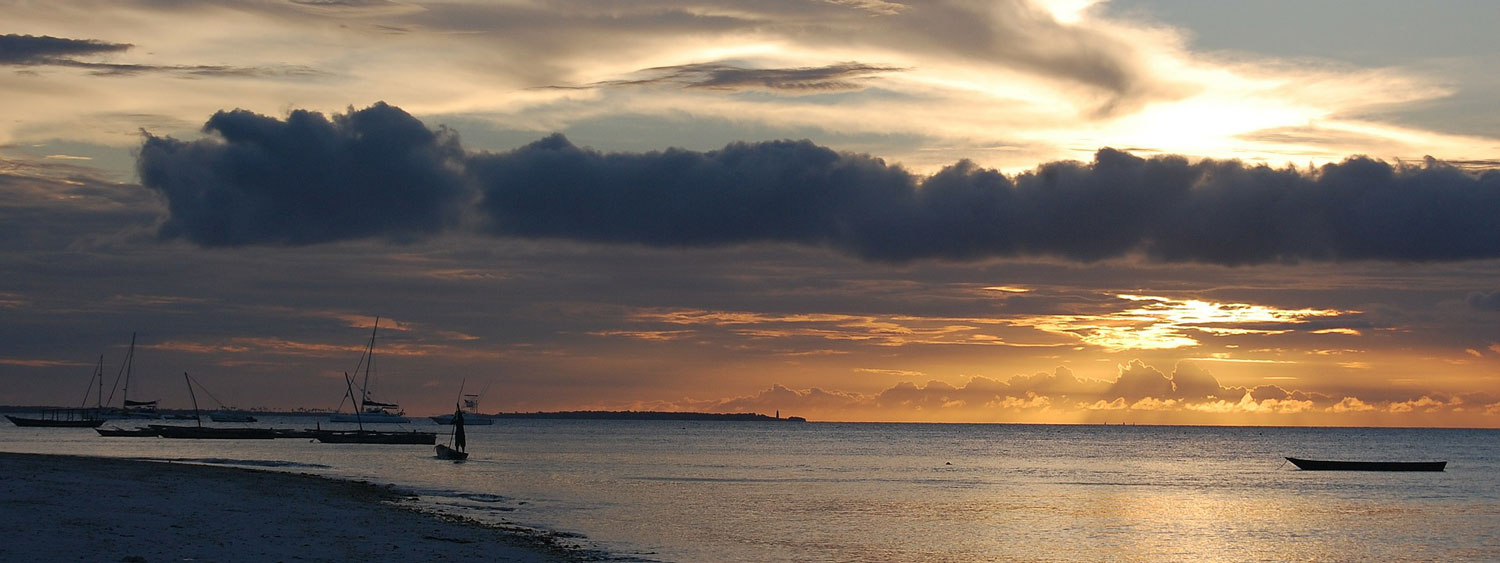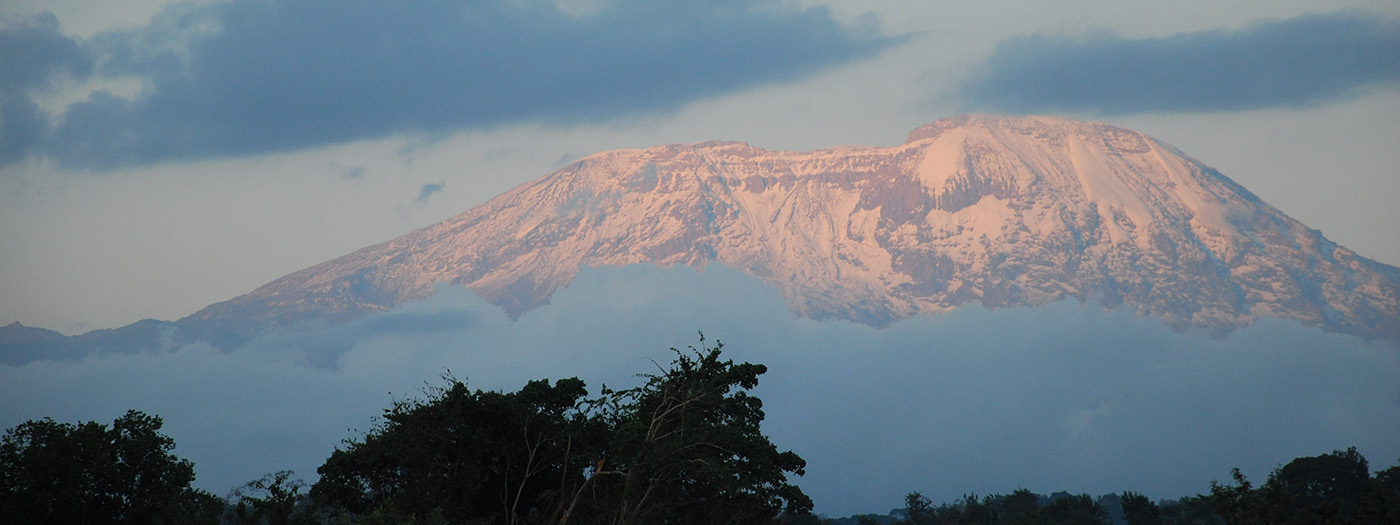Lake Eyasi, also called Lake Njara, is a seasonal salty lake at the foot of the Rift Valley. Close to the lake is where you can meet the last Hadzabe hunters and their families.
Activities
- Visit bushmen tribes Hadzabe and Datoga
- Follow the bushmen hunters
- Walk on the lake bank and watch the sunset
What you can experience at Lake Eyasi
At the foot of the magnificent Serengeti Plateau, you will find Lake Eyasi which is cyclical low during the various seasons. This endorheic salt lake is at the southern part of the Serengeti National Park and a part of the Great Rift Valley in the Eyasi-Wembere region. Lake Eyasi is located just southwest of the Ngorongoro Crater and is positioned southwest to northeast.
The water in the lake is heavily dependent on the season of the year and the rain (or lack thereof) that it brings with it. When it is especially dry, the water levels are extremely low, allowing the Datoga herders and Hadzabe foragers to actually walk across Lake Eyasi. However, in contrast, in the particular wet years of El Nino, the water will flood from the lake onto the surrounding banks. The excess water makes Lake Eyasi a major attraction for hippopotamuses in the Serengeti Plains and the flamingos during their seasonal migration. While this may seem dramatic, even in wet years, Lake Eyasi still usually remains less than one meter (three feet) in depth. In addition, the northwestern shore is restricted by the Serengeti Plateau cliffs. Local fishers take advantage of the wet season to catch catfish and lungfish from the contributing streams and springs that run into Lake Eyasi.
Along the boundaries of Lake Eyasi are the native inhabitants, the Hadzabe. As the Maasai tribe claim most of the land in the Serengeti region, the Hadzabe only occupy a few camps. Other local tribes include the Datogas to the southeast in the Yaeda Valley, the Sukuma to the southwest by the Sibiti River, the Isanzu in the south, and the Iraqw on the other side of the Yaeda Valley. Now the Iraqw are expanding to the Baray which is known in East Africa as the best region to grow onions.




